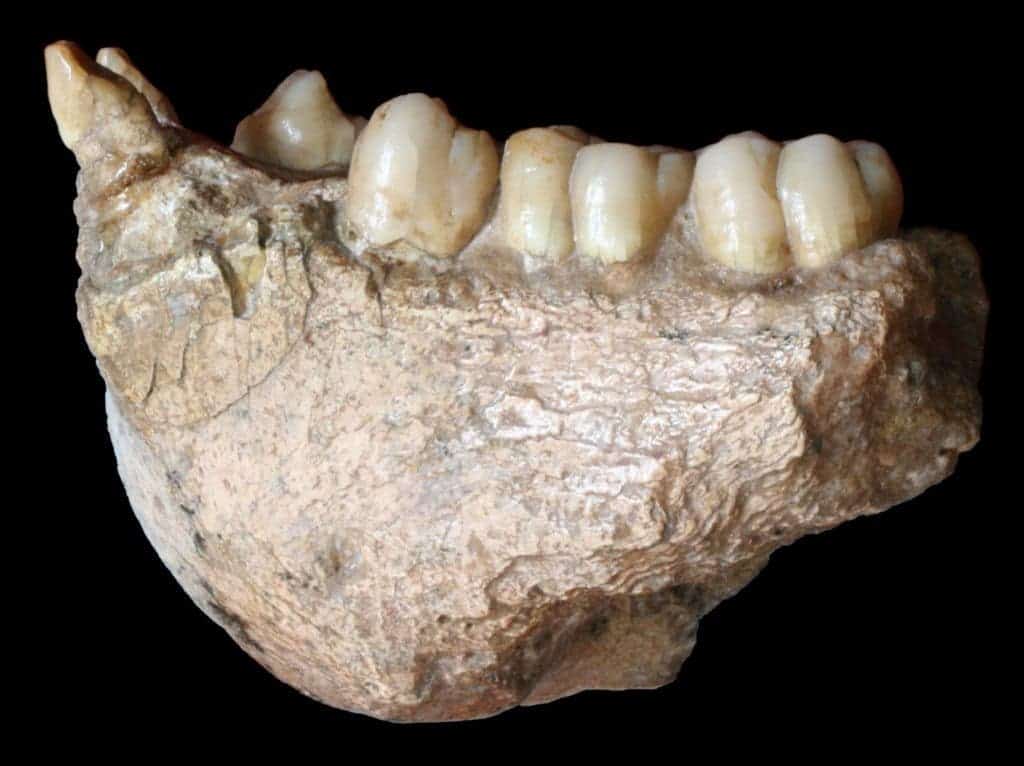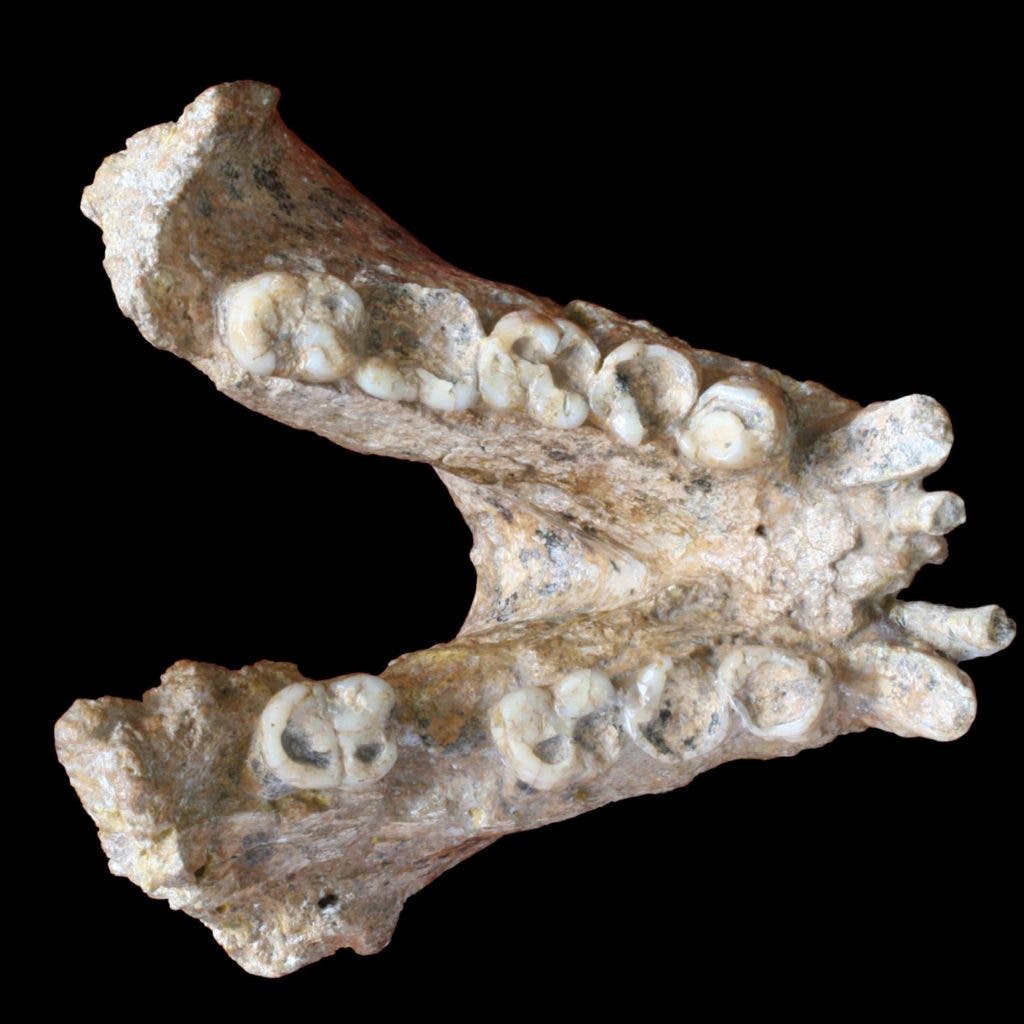
An international team of researchers just demonstrated the massive potential of ancient protein sequencing by retrieving genetic information from a 1.9-million-year-old extinct primate. The researchers concluded that the 3-meter-tall primate is directly related to the orangutan. This kind of genetic reconstruction is unprecedented, which means this method might someday allow scientists to reconstruct the evolutionary relationship between our own species and extinct relatives farther back in time than ever before.
Meet King Kong
‘By sequencing proteins retrieved from dental enamel about two million years old, we showed it is possible to confidently reconstruct the evolutionary relationships of animal species that went extinct too far away in time for their DNA to survive till now. In this study, we can even conclude that the lineages of orangutan and Gigantopithecus split up about 12 million years ago’, says Enrico Cappellini.
The fossils of the giant primate, known as Gigantopithecus blacki, were first discovered in 1935 in a traditional medicine shop in Hong Kong, where they were sold as “dragon teeth.”
To this day, we only know of a few lower jaws and some teeth, which has led to many speculations regarding the physical appearance of this ancient creature. Scientists believe that that Gigantopithecus stood almost 3 meters tall and weighed twice as much as a gorilla. Now, armed with genetic information scientists have settled the debate: it’s the direct ancestor of the orangutan and might have also looked like one.
“Previous attempts to understand which could be the living organism most similar to Gigantopithecus could only be based on the comparison of the shape of the fossils with skeletal reference material from living great apes. Ancient DNA analysis was not an option, because Gigantopithecus went extinct approximately 300.000 years ago, and in the geographic area Gigantopithecus occupied no DNA older than approximately 10.000 years has been retrieved so far. Accordingly, we decided to sequence dental enamel proteins to reconstruct its evolutionary relation with living great apes, and we found that orangutan is Gigantopithecus‘ closest living relative’, says Enrico Cappellini, an associate professor at the University of Copenhagen’s Globe Institute at the Faculty of Health and Medical Science and lead author of the new study published in Nature.

For context, the oldest genetic information retrieved from a human is no older than 400,000 years and, up until now, it has only been possible to read DNA data from up to 10,000-year-old fossils in warm, humid areas — the kind of environment where the Gigantopithecus blacki fossils were retrieved. By comparison, retrieving genetic information from nearly 2 million years ago is light-years away, which is why this new research is so exciting. Many ancient remains belonging to our supposed ancestors are mainly found in subtropical areas, for instance. Imagine if the same could be done for other fossils, allowing scientists to piece together the complex evolutionary tree to which Homo sapiens belongs.



